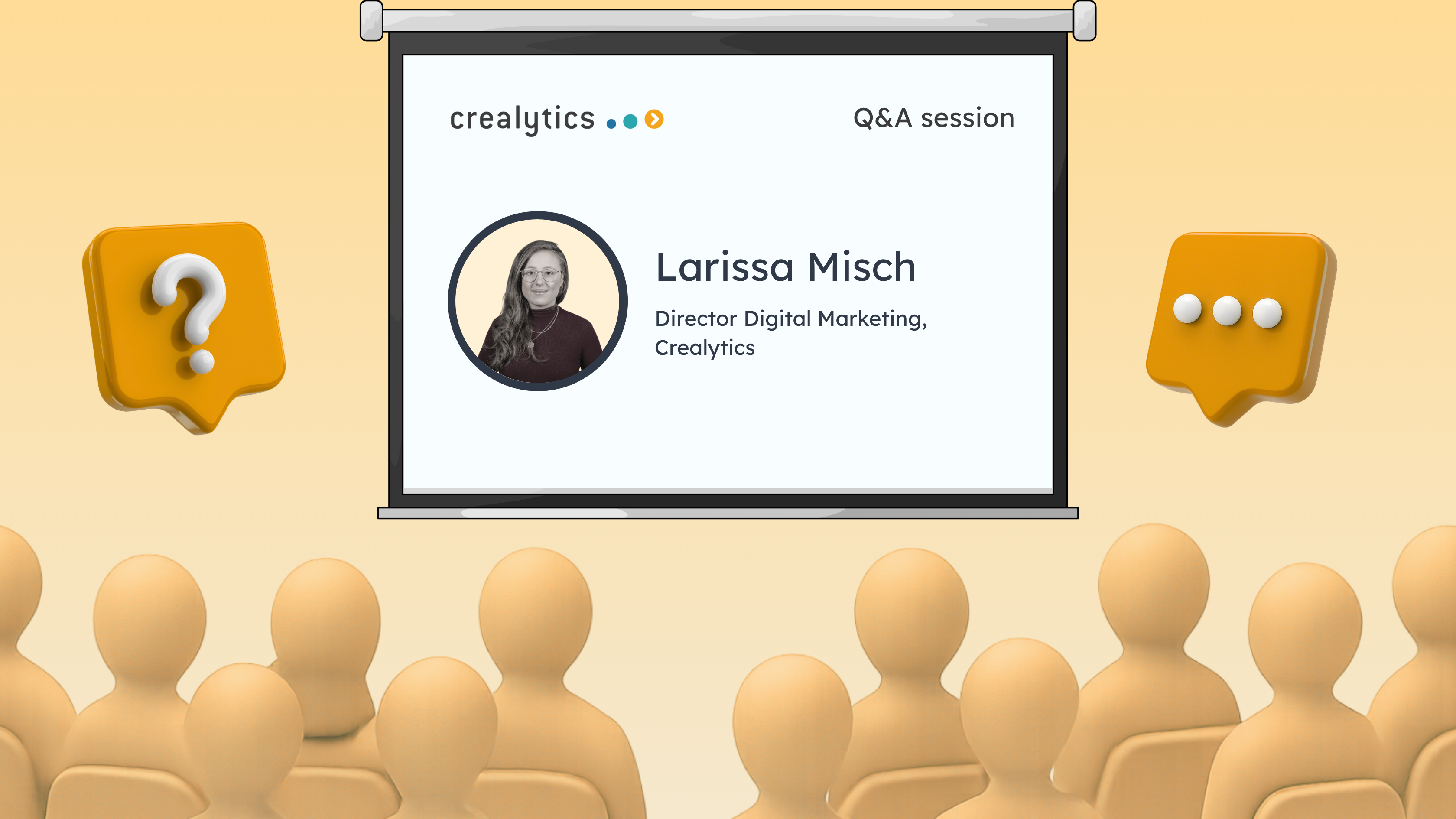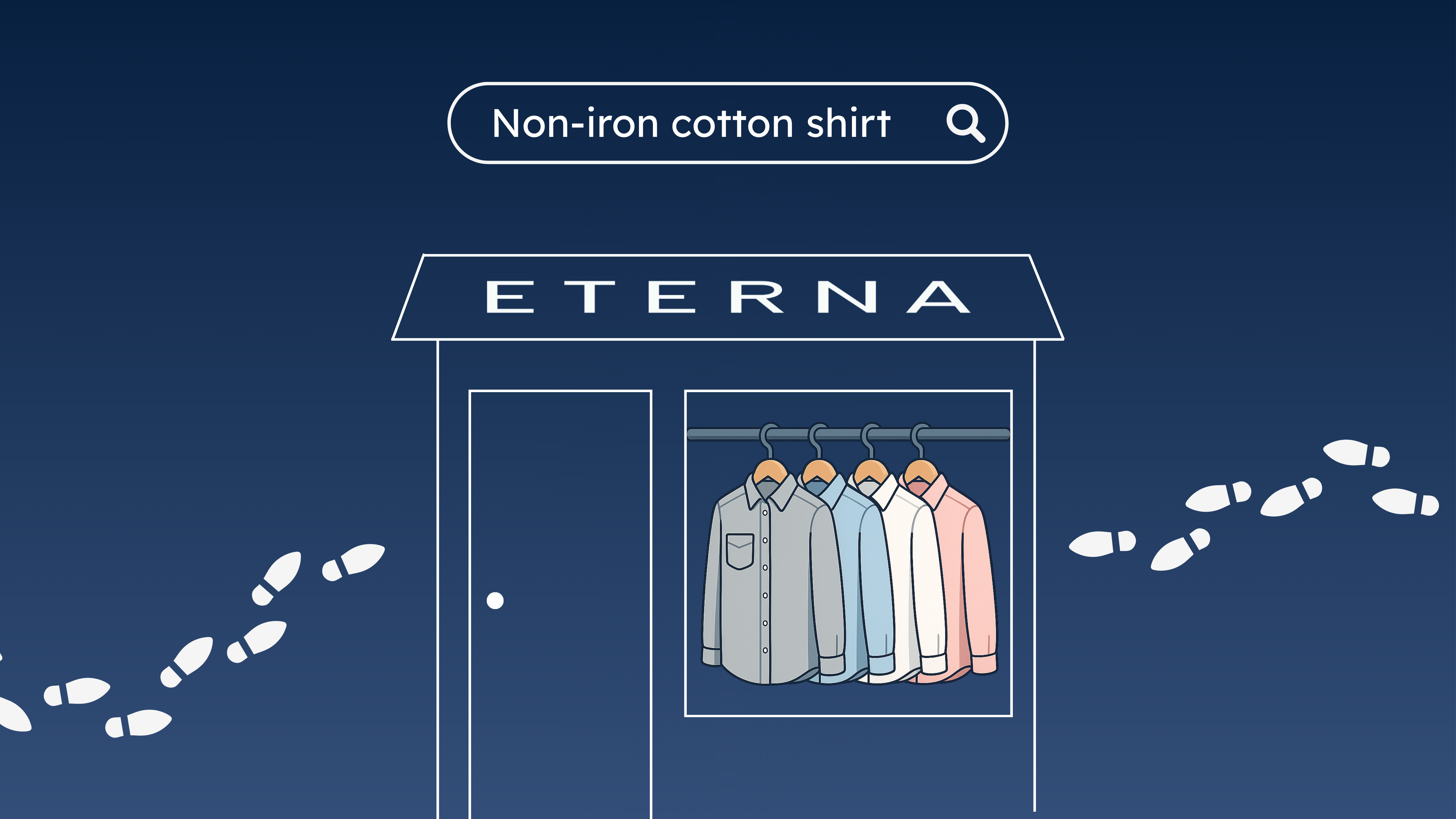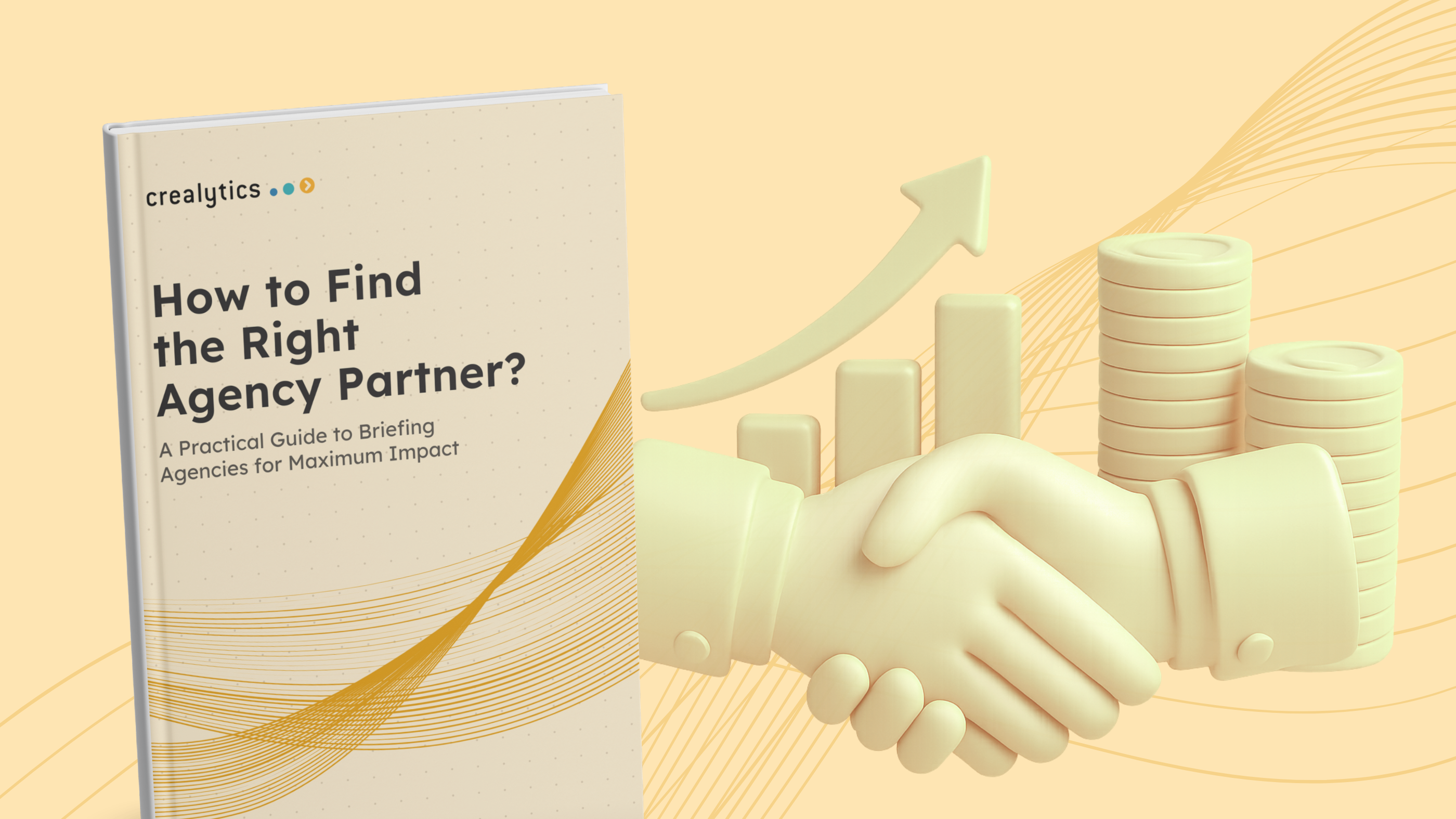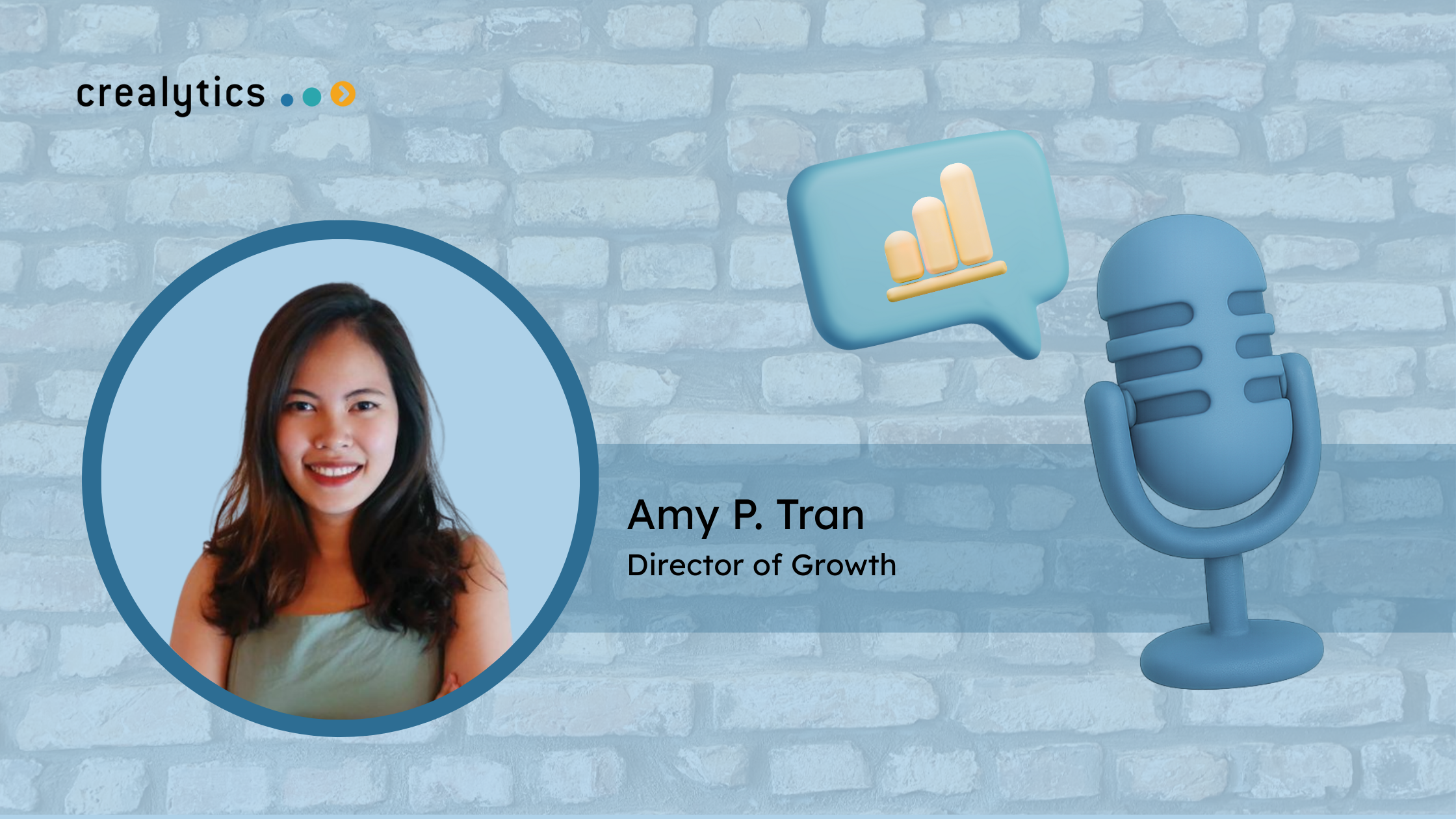The Cost of Denying AI in Your Paid Media Strategy and Execution

Artificial intelligence has moved from curiosity to competitive necessity in marketing. Yet it also remains controversial: worries about opacity, loss of control, and regulatory risk loom large. In paid media, neglecting AI can become a strategic liability.
Why AI Has Become Hype in Paid Media for DTC Brands
In DTC marketing, where margins are tight and acquisition costs climb, AI’s promise is especially compelling. Below are three core reasons driving the hype, each with real brand examples.
Predictive Bidding & Budget Allocation at Scale
Traditional manual bidding is too slow and too coarse to respond to real-time shifts in auction dynamics, competitor behavior, and micro-seasonality. AI systems can ingest hundreds of signals (time of day, mobile vs. desktop, creative version, user micro-segment) and dynamically allocate budget to the highest-yielding pockets.
Google’s Performance Max campaigns, for example, use AI to continuously reallocate spend across search, display, YouTube, and Discovery based on real-time conversion likelihood. Campaigns using Performance Max often report cost-per-acquisition (CPA) improvements or at least steadier ROAS.
By integrating AI-driven bidding, a DTC brand can extract additional margin from each dollar spent. The difference between being first or second in a bid auction can cost 10–25 % more in budget for the same conversion.
Hyper-Personalized Creative & Messaging Testing
In DTC, creative variation and relevance are central. AI can automatically generate, test, and optimize creative permutations at scale. This includes tailoring headlines, images, product bundles, and even dynamic messaging to microsegments.
EILEEN FISHER has used AI to help customers find the “best fit” size online, reducing returns and increasing conversion confidence. Their AI tool shows garments on real models representing different body types, which improves the shopper’s confidence.
Smarter Incrementality & Causal Measurement
A core marketing paradox is this: you can optimize for efficiency (lower CPA) and volume (scale), but unless you can prove which spend is incremental, you risk paying for conversions that would have happened anyway.
AI enables more precise measurement models: for instance, geo holdouts, conversion lift, multi-touch attribution with causal inference, and incremental uplift modeling. By running experiments within AI-driven campaigns, brands can identify the spend that truly lifts incremental revenue.
Nielsen research has shown that adopting AI-based measurement frameworks can improve budget efficiency by up to 30% because advertisers can reallocate wasted spend to pockets that drive genuine growth.
Download our latest guide for best-in-class practices in incrementality testing and measurement.
Why Some Brands or Retailers Resist AI Integration in Paid Media
Even with obvious benefits, many established brands and retailers hesitate to embrace AI in their media strategies. Often, their resistance stems from legacy constraints, risk perception, or cultural inertia.
Concern Over Loss of Creative / Brand Control
Many heritage brands fear that handing optimization to algorithms will compromise brand identity. They worry that AI might emphasize the most efficient ads rather than the most brand-elevating ones, eroding perceived premium status.
Luxury or prestige brands (e.g. certain fashion houses, high-end lifestyle retailers) often prefer to maintain strict human oversight over messaging, look and feel, and targeting to preserve their brand image. Some publicly reported statements suggest LVMH and other luxury groups are cautious about relinquishing creative judgment to automation. While direct case studies are less available, the concern is widely cited in marketing-industry coverage.
Thus, control is a major barrier. Brands fear that AI optimization will prioritize short-term performance metrics at the expense of brand equity.
Relevant article: Q&A: Why Is AI Max Considered a Breakthrough in Automated Advertising?
Lack of Transparency & Auditable Logic
Many AI systems are “black boxes”: they optimize bidding and creative combinations without revealing granular logic or decision paths. Decision-makers often can only see high-level outcomes, not the path taken. That makes it difficult to explain campaign performance to leadership, auditors, or board members.
A 2024 Nielsen survey found that nearly half of CMOs list “lack of transparency” as a top barrier to deeper AI adoption in marketing. When clients ask, “Why did AI shift budget from Campaign A to B?” the answer is often opaque. That makes some brands prefer to stay with manual controls they can explain.
Data Privacy and Compliance Risks Slowing AI Adoption
AI systems rely heavily on data signals (behavioral, demographic, contextual). In regions with strict privacy regulation such as GDPR in Europe or evolving U.S. privacy laws, brands may worry that AI usage could run afoul of legal or consumer trust considerations.
Retailers like IKEA or H&M have reportedly delayed automation initiatives until they can confirm compliance across markets. Such caution is especially relevant for global retailers operating in multiple jurisdictions. The fear of noncompliance, consumer backlash, or regulatory fines can stall AI adoption.
Why Denying AI in Paid Media Can Be a Strategic Mistake
Refusing to integrate AI into media planning, execution, or measurement can carry real costs, addressing large, publicly traded brands and the link between innovation and stock performance.
Efficiency Gaps: How Manual Optimization Raises CPA and Limits Growth
Higher CPAs and Slower Bid Adjustments: Without AI, marketers and advertisers rely on human rules, manual thresholds, and periodic updates. That approach cannot respond instantly to auction shifts, competitor behavior, or micro-trends. As a result, cost per acquisition tends to drift higher.
Lost Micro-Audience Opportunities: AI can discover small, high-value pockets of audience (e.g., lookalikes, micro-segments) that human strategies might ignore. Brands not employing AI leave those performance gains unrealized.
Inefficient Creative Rotation: Manually testing creative variants is slow, while AI-powered creative testing continually optimizes which ads to show which audiences. Denying that capability means suboptimal creative allocation.
The Cost of Ignoring Incrementality: When Efficiency Doesn’t Equal Impact
Wasted Spend on Non-Incremental Conversions: Without rigorous, AI-driven measurement (geo holdouts, uplift models), brands often spend on conversions that would have happened anyway (the “baseline demand”). In such cases, efficiency gains don’t equate to real growth. Over time, this erodes return on ad spend (ROAS) in practice.
Poor Allocation Across Channels: AI systems can suggest reallocating media dollars across platforms (Google vs Meta vs TikTok vs CTV) based on incremental return. Brands that stick to static allocation risk leaving money on the table.
Relevant article: Aiming for high ROAS won’t help. Why?
AI, Innovation, and Stock Performance: Why Big Brands Can’t Afford to Fall Behind
For publicly traded brands and retailers, embracing AI signals to investors that the company is forward-looking and innovation-driven. Firms that resist AI risk being perceived as laggards in digital transformation.
For instance, companies that announce meaningful AI integration tend to receive positive stock valuations. Nasdaq commentary notes that many firms with AI exposure command valuation premiums.
Similarly, in a recent deal, WPP committed $400 million to integrate Google’s advanced AI tools in marketing. Such moves often influence market sentiment. By contrast, brands that are slow to adopt AI may incur a valuation discount versus peers.
Bridging the Gap: How to Apply AI Ethically and Effectively in Paid Media
The path forward is not “AI or nothing.” Instead, savvy team leads will adopt guardrails, oversight, and rigorous measurement so AI becomes a force multiplier and not a liability. Here are key methods and principles:
1. Governance & Human Oversight Frameworks
Establish an AI governance committee or oversight board (cross-functional: marketing, data science, legal, brand). They should review AI-generated adjustments, flag anomalies, and intervene when necessary.
2. Causal Measurement & Incrementality Testing
Deploy geo holdouts, holdout-exposed modeling, and uplift analysis to ensure you are measuring incremental contribution, not just optimizing efficiency. Use AI systems that offer transparency into lift curves and not just platform-level ROAS.
3. Transparency and Explainability Requirements
When selecting AI vendors or platforms, require explainability, i.e. ability to see which signals drove certain optimization decisions. Favor suppliers that document feature weights, decision trees, or attenuation logic.
4. Progressive Rollouts & Validation Phases
Begin with controlled experiments and small test budgets. Monitor results, audit, validate, then gradually scale. This mitigates risk and builds confidence.
5. Privacy-by-Design and Consumer Trust
Ensure your AI-driven targeting respects consumer consent, data anonymization, and local privacy laws. Be transparent with users (e.g. “we use AI to show you better offers”) to maintain brand trust.
6. Continuous Team Training & AI Literacy
Upskill marketing and analytics teams in AI fundamentals so they can interpret models, challenge results, and contribute to model refinement.
By treating AI as a partner rather than a black box, you maintain accountability while capturing its efficiencies.
Conclusion: Balancing AI Innovation, Ethics, and Long-Term Profitability
DTC brands that embrace AI thoughtfully can unlock lower CPAs, more precise personalization, and measurable incremental growth. Brands that resist, on the other hand, risk falling behind operationally, strategically, and even in market perception.
The real cost of denying AI is not only lost clicks or conversions but also lost innovation, eroded margins, and weaker strategic positioning. The solution is not avoidance but disciplined adoption: deploy AI ethically, with oversight, measurement, and transparency. In doing so, you safeguard brand integrity while harnessing AI’s full potential to scale profitable growth.
---
Need help integrating AI in your paid media activities from an award-winning agency? Reach out to us.
Relevant Insights
· Case study: How this luxury retailer unlocked $30M in additional profit with their performance marketing
· Article: Will LLMs Replace Search Engines? How Brands Can Stay Visible in the AI Age
· Article: Google Ads Are Coming to AI Mode: What This Means for SEO and Performance Marketing
About Crealytics
Crealytics is an award-winning full-funnel digital marketing agency fueling the profitable growth of over 100 well-known B2C and B2B businesses, including ASOS, The Hut Group, Staples and Urban Outfitters. A global company with an inclusive team of 100+ international employees, we operate from our hubs in Berlin, New York, Chicago, London, and Mumbai.
EXPERT INSIGHTS





